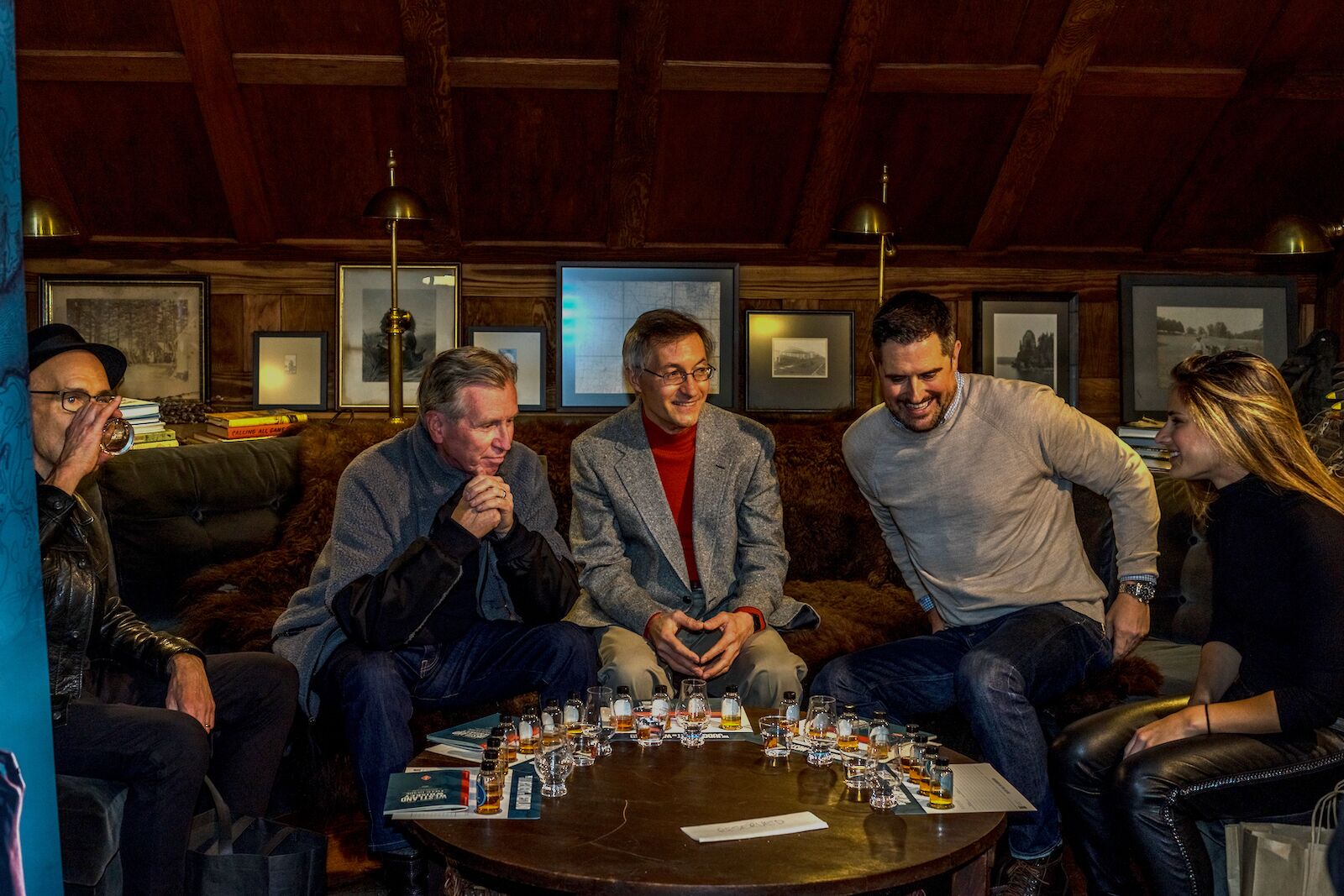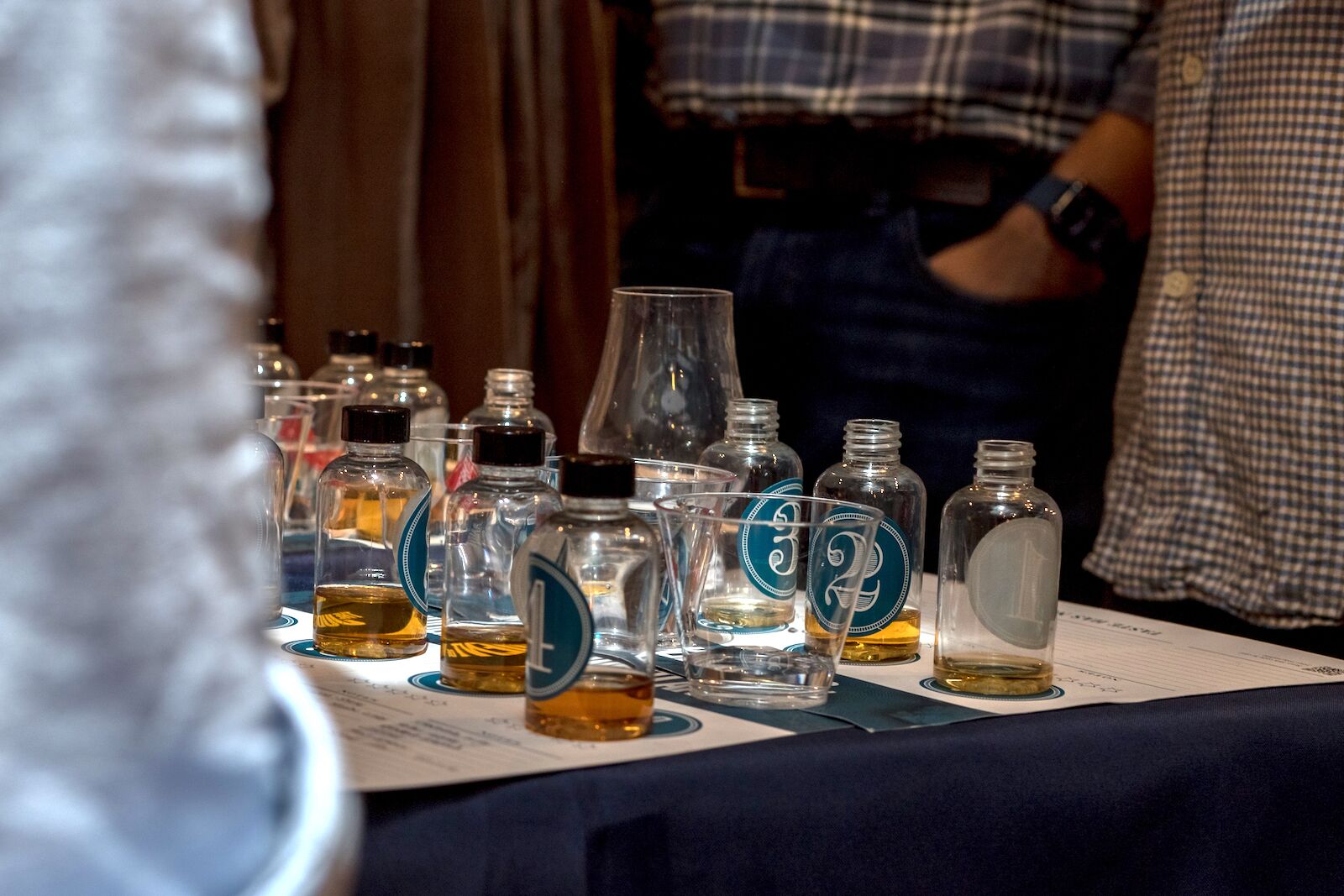Over the past couple of decades, whenever someone talked about single malt whiskey they were almost always talking about whiskey from one country: Scotland. It’s not too dissimilar than how people almost always had France in mind when talking about fine wine through the 1960s and 70s.
In the case of the latter, it took a surprise win by California winemakers in a blind tasting competition called the Judgement of Paris in 1976 to change opinions. Recently, single malt whiskey had its own Judgement of Paris moment called the Judgement of Westland.



